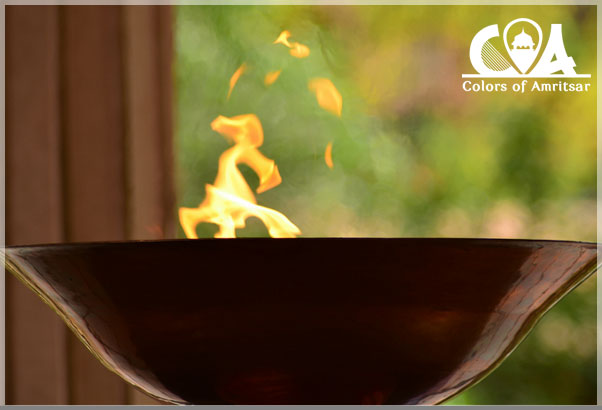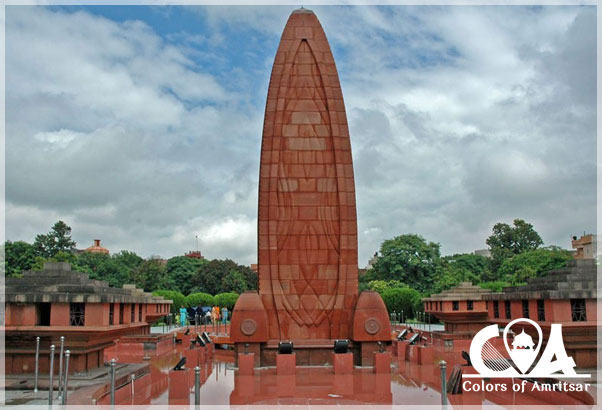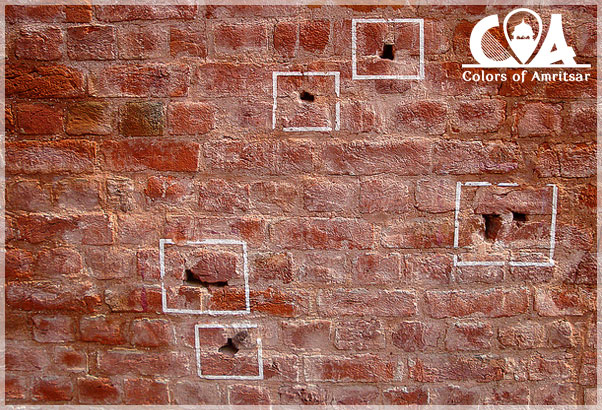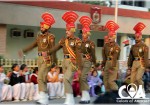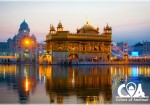The Jallianwala Bagh site is witness to one of the most brutal incidents that took place during the Indian freedom struggle. This incident still fills the minds of the people with anguish. The Jallianwala Bagh incident played an important role in giving a definite direction to the Indian freedom movement. Hence to pay homage to the thousands killed in this incident, the Jallianwala Bagh was built.
On the day of Baishaki, on 13th April 1919 around 10,000 people had gathered at the Jallianwala Bagh to protest peacefully against the oppressive Rowllat Act. These people were unaware of the following danger, which was surrounding them from all the sides in the form of general Dyer and his army. The brutal general ordered his army of 150 soldiers to open fire at the crowd. As the only exit point was blocked and the walls of the park were beyond the reach of the people, the innocent people were trapped helplessly before the spraying bullets. After 15 minutes and 1650 rounds of firing, 400 people were killed on the spot, which included some children. The 1500 wounded people were left to die in the pool of their own blood.
This incident had an international impact, but the guilty General Dyer was not punished for his doings. The Indian freedom struggle took a significant turn from this tragic incident, and the politicians started to ask for complete independence. Although Queen Elizabeth offered a wreath on the Jallianwala Bagh in 1997, she was unable to wash off the ruthless act of General Dyer.
After independence, in around 1961, a large flame shaped memorial was built in the Jallianwala Bagh. This 45 foot red stone pillar was erected to pay homage to those thousands of innocent and helpless people. This monument is popularly known as the Jallianwala Bagh.
A visit to this park will definitely transport the tourists to that era. A narrow entrance leads the tourists to the cold and serene park. Here the tourists can see the walls full of bullet marks and the well that has drowned thousands of people, who jumped there in sheer desperation. Even though many locals visit this park today for fun filled picnic, the sensitive tourists can’t escape a feeling of deep sorrow emanating through their being.
Here the tourists can visit the Martyr’s Gallery which displays portraits of some freedom fighters, who were victims of this gruesome incident. The Jallianwala Bagh can be visited between 6 am to 7 pm during summers and 7am to 6 pm during winters. The gallery is open from 9 am to 5pm in summers and 10am to 4pm in winters.
A visit to this historic monument will make the tourists aware of the struggle that the people of India have undergone to attain their birth right of freedom.


